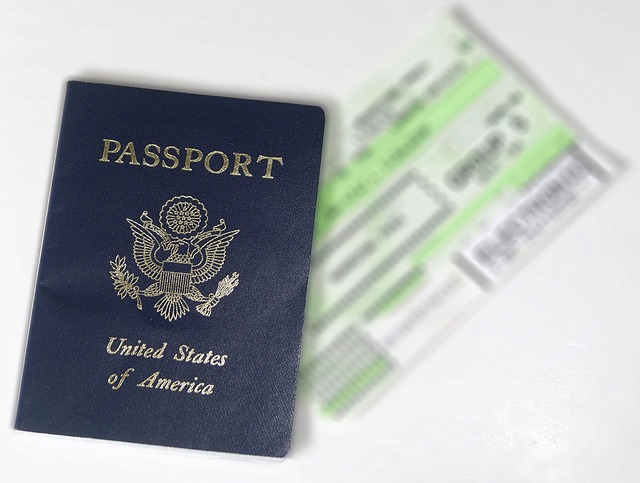Identity Document Scanning: Witnessing the Quantum Leap from Photocopies to Secure Authentication
Photo courtesy of Pixabay
Identity document scanning has certainly come far, and this advanced tech is now instrumental to all sorts of things, ranging from facilitating money transactions, and making our borders secure to checking ages and signing up online. Let’s delve deeper to see how this technology has evolved over time and what the future holds for it.
Contents
The Journey from Manual Entry to Automated Efficiency
The very first thing fueling the evolution of identity document scanning and processing was the use of optical recognition (OCR). However, the early OCR technologies were marred by accuracy problems, particularly with diverse languages, fonts, and types of documents. But, it eventually changed with the introduction of advanced image processing algorithms, artificial intelligence, and machine learning.
The most important use of advanced ID scanning tech is the passport scanner. Contemporary passport scanners are much more than simple image capturing and processing tools. They’re advanced systems fully equipped with features to authenticate the validity of passports while retrieving useful data in a timely and accurate way.
The latest generation of passport scanners can now support biometric, regular, temporary, diplomatic, and other types of passports (eMRTD, MRTD, MRP). And they can even manage passports under diverse conditions and jurisdictions (over 220 in most cases).
The scanners extract data from different types of ID cards, passports, and driver’s licenses and ensure fast and precise data entry. They scan international passports from hundreds of countries and jurisdictions and offer high-precision scanning in more than 100 languages. Smart document authentication is yet another interesting feature, which means the scanners can handle IDs and catch fraud with a low false alarm rate.
Key Innovations Driving the Evolution
Several key innovations have propelled identity document scanning to the advanced level it has reached today. For instance, artificial intelligence and machine learning have a big role to play. ML algorithms learn from large collections of documents, whereas AI can analyze everything to identify document types, detect counterfeit documents, and extract relevant info in a seamless way.
Similarly, modern OCR engines are now supplemented with AI and deliver industry-leading accuracy for a wide range of languages and complicated fonts. Image processing has improved considerably too, as advanced image processing algorithms can improve image quality, fix distortions, and remove noise to ensure improved accuracy when extracting data.
The combination of biometric authentication methods, such as fingerprint scanning and facial recognition, with presentation attack detection (PAD) technologies has improved security and lowered the chances of missing fake or tampered documents.
The Future of Identity Document Scanning
The future of identity document scanning will keep getting better with biometrics, AI, and security technology. As artificial intelligence is evolving at a lightning pace, so will the technology associated with ID scanning.
We’re going to see much more advanced fraud detection capabilities, smooth integration of emerging technologies like blockchain, and higher accuracy even in the most challenging situations. The process of digitizing identities and utilizing ID solutions while mobile devices will also drive innovation here.
Endnote
Identity document scanning has improved quite significantly in recent times. It’s now an innovative and multi-purpose technology and an important contributor to efficiency, security, and compliance for many diverse industries. As the technology keeps getting better, we can only hope to witness more revolutionary uses of ID scanning in the years ahead.




